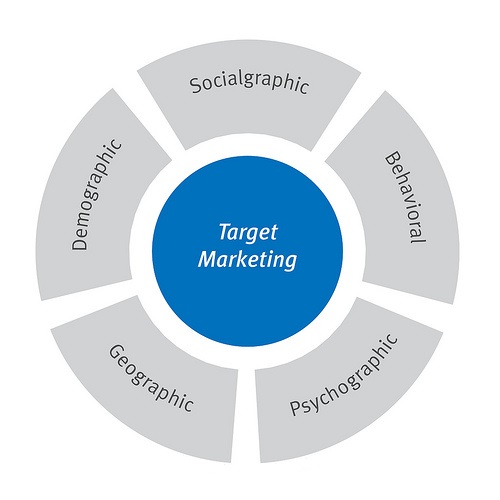Market research is a serious piece of homework every business has to do in order to become more successful and to establish a steady growth. Getting the facts right about the market secures your company from financial disaster. Gaining a customer is all about matching their state of mind. Sometimes, knowing the definition of what “target audience” is, can help you devise a plan: A target audience is a specific group of people within the target market at which a marketing message is aimed at. Sometimes, you will need the mindset of a detective, collecting information and compiling it in order to get a perspective on who your average customer is. Here’s some advice on how to identify your target audience.
Take a Look at Your Business Plan
Before you start figuring out who your target audience is, take a look at your business plan. Look at your goals and analyze the products or services you offer. Remember that it is ultimately about the customer. Think of who might be interested and how they will benefit from buying your product or service. Broadly think about what data you need to obtain in order to figure out your selling point.
Gather Data Before You Start to Plan Your Marketing Campaign
To avoid educated guesses and assumptions, you have to determine the needs, age, geographic locations and gender of your potential customers in order to define your target audience. Of course, choosing the right data depends on the product you are planning to launch. Some of this data may become irrelevant when it comes to online businesses because, for instance, age is not what it used to be; you can easily meet a fifty-year-old that has the same interest and excitement in technology as teenagers. You need to put your focus on the lifestyle of your potential customers. And answer some of their questions:
-What is the obstacle for your customers to get what they want?
-Do they have needs that aren’t met and what are those needs?
-Do you know lifestyle and business situation of the target customer?
This will help you to develop a customer profile, an in-depth description of who your representative customer may be. This profile includes both demographic (age, sex, ethnic background, income, marital status etc.) and psychographic information (customer’s hobbies, lifestyle, values, psychology etc.).
Survey Your Customers
This method provides the most relevant data if you survey the most recent customers. Asking somebody who purchased from your company a year ago might feed you with incorrect data. The reason you are doing a survey is to learn how customers buy and to get in their heads. The best way to build up questions for your survey is to follow this:
-Questions need to be short in order to make it easy for more customers to participate; this way, you will collect more data and achieve better quality answers;
-Don’t create questions just because you are curious; questions on a survey have to provide you with actionable information. Only necessary data is good data;
-Keep it pragmatic; you don’t want to use language that can lead the customer. Getting the most honest answer will provide you with the most relevant data; a survey needs to be neutral, neither hard nor easy to answer.
By asking the right questions, you can get ideas for the new products and services your audience wants to buy. By asking what made them buy your product and not the rival’s one, you can get an insight into some values you want to stick to and which ones to avoid.
Use Google Analytics
The best way to know your audience is through the traffic stats Google Analytics provides. Start by setting up e-commerce tracking or goals in Google Analytics. This can provide you with some profound data. Pay attention to traffic senders, you want to focus on high-performing traffic senders. Some of the custom reports on Google Analytics are very useful. You can check where the traffic that converts is coming from, where is the incoming traffic landing and does it convert. Also, pay attention to keywords because they can help you reach the right audience.
The author is highly qualified and writes blog posts weekly.





